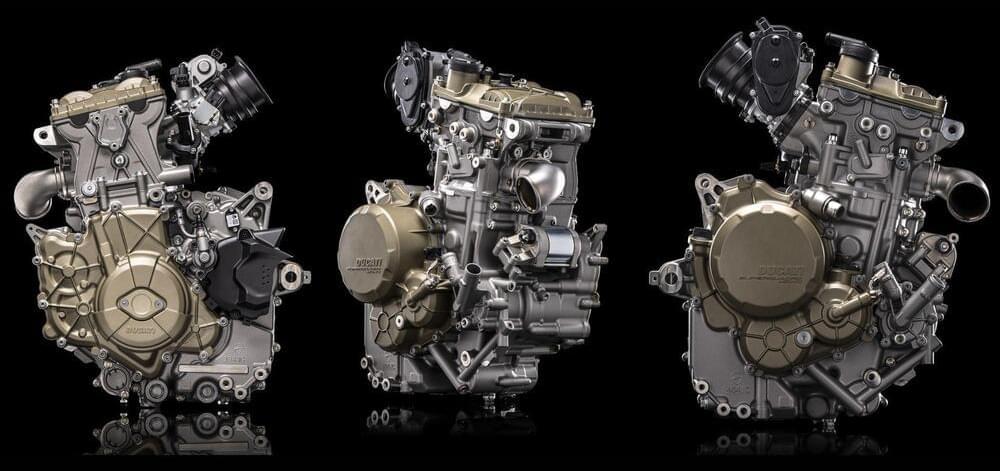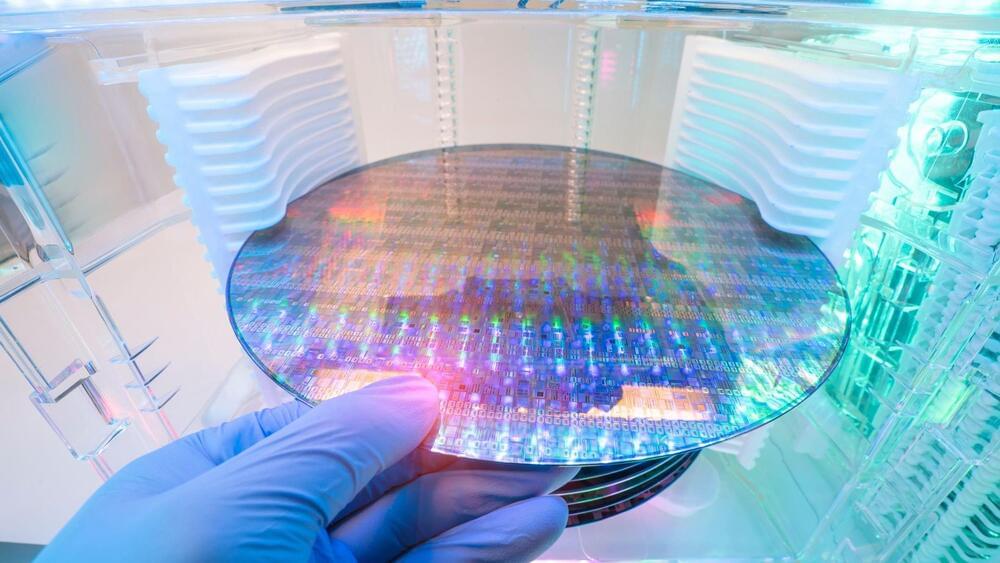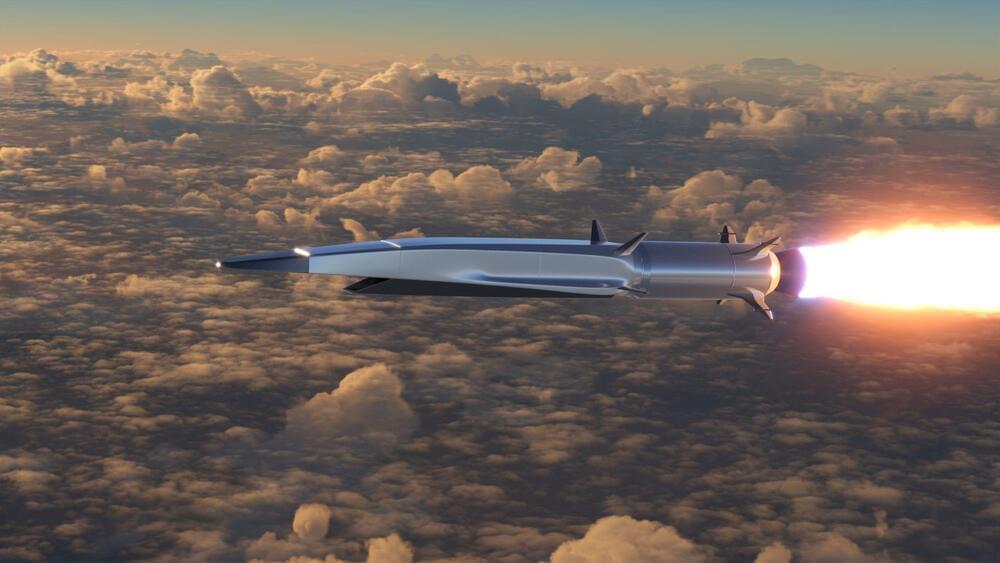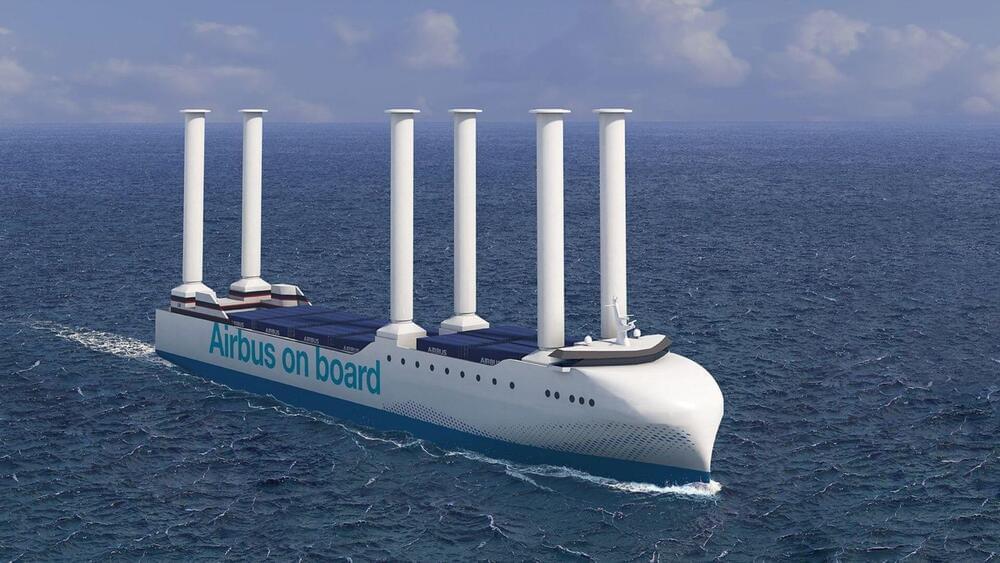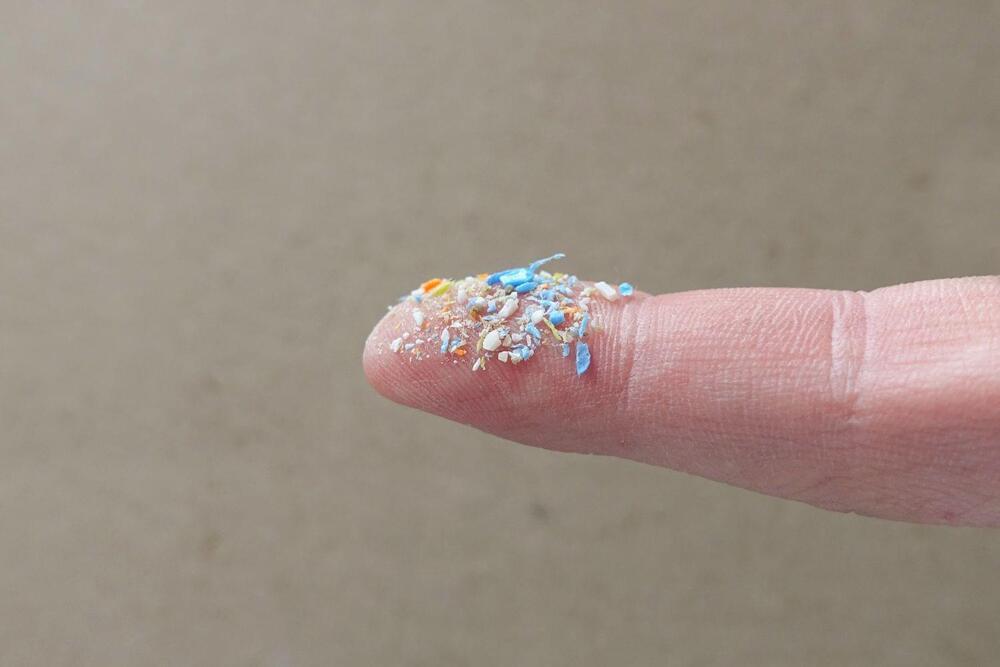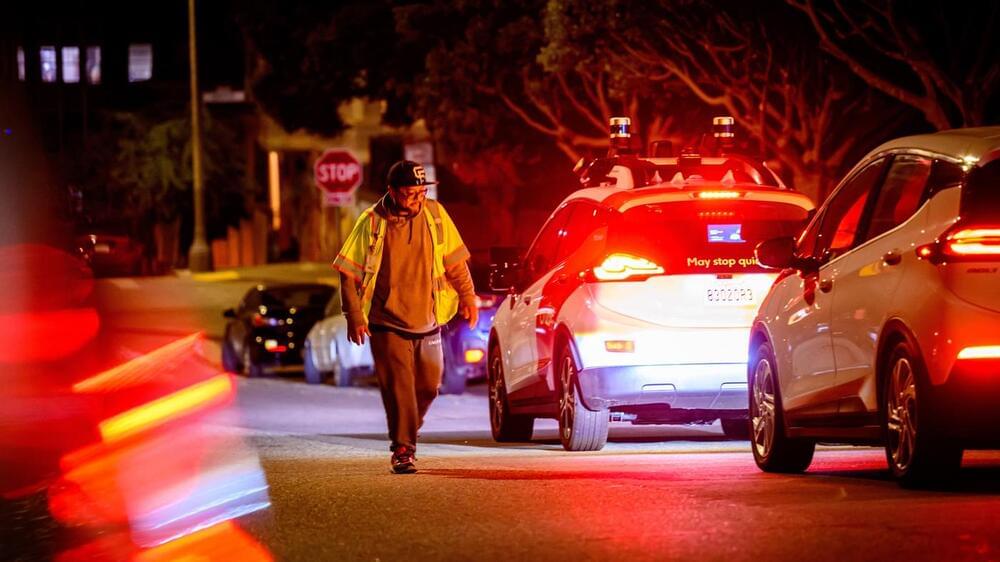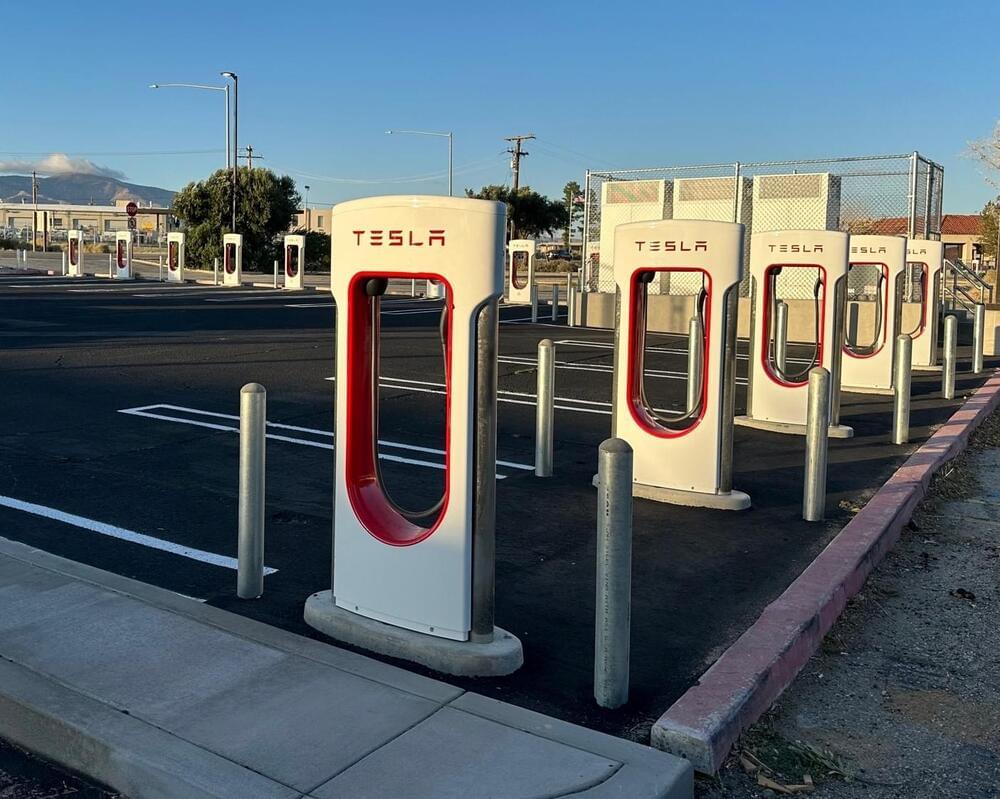“As the world urbanizes, urban planners and policymakers need to make sure urban design and policies adequately address critical issues such as infrastructure and transportation improvements, poverty and the health and safety of urbanites, as well as the increasing inequality within and across cities.”
Increasing population shifts from rural to urban areas are resulting in the growth of cities and towns, a process referred to as urbanization. However, this development can put a strain on urban infrastructure, such as transportation, housing, sanitation, and utilities, leading to urban decay.
Everett Atlas/iStock.
Urban decay often manifests as the deterioration of buildings and infrastructure. This can include vacant and abandoned buildings, crumbling or neglected infrastructure, and a lack of maintenance. It can also lead to societal problems such as rampant inequality and poverty.

